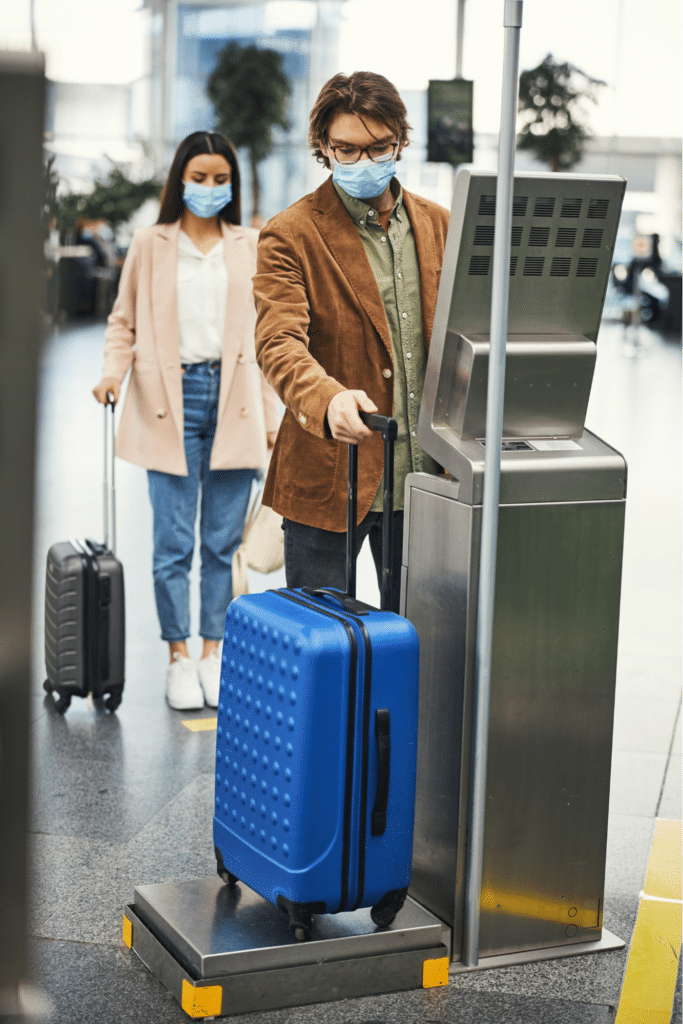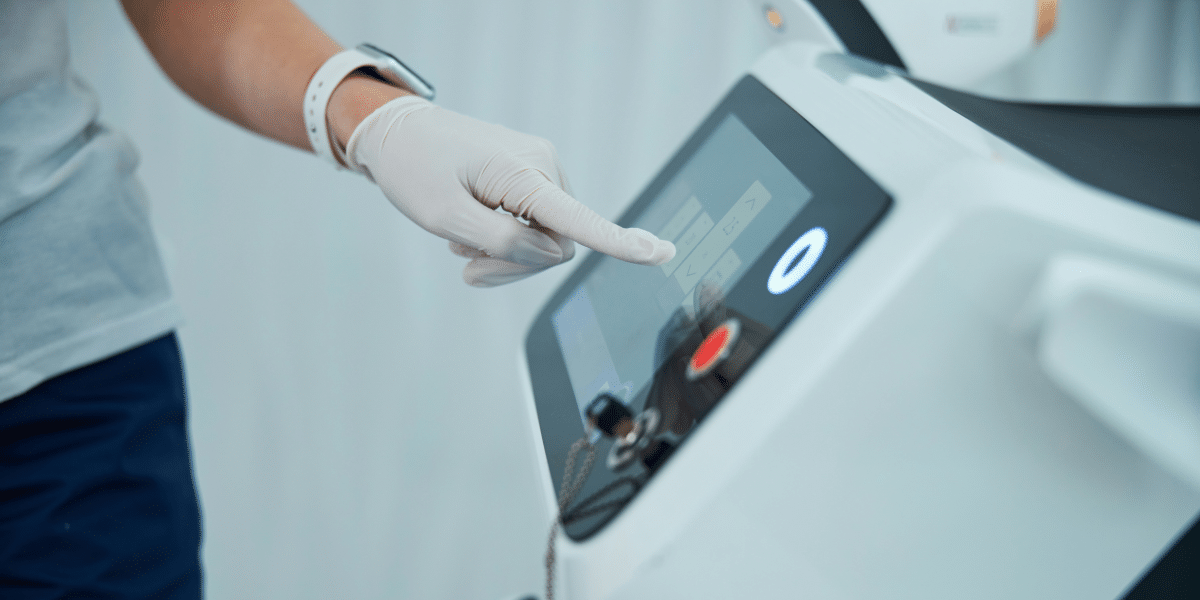In the wake of the COVID-19 pandemic, the world witnessed an unprecedented upheaval in travel norms. Airport terminals once bustling with activity fell eerily silent, borders tightened, and stringent health protocols became the new norm. As we cautiously navigate towards a post-pandemic era, the travel industry faces the challenge of restoring confidence and efficiency while prioritizing safety.
Amidst this backdrop, biometric solutions offer a seamless and secure alternative to traditional identification methods. From facial recognition to fingerprint scanning, these technologies are reshaping the travel experience, promising not only enhanced security but also improved operational efficiency.
Biometric solutions play a pivotal role in our journey towards a new normal in travel. From their application in contactless check-ins to streamlined border controls, understanding how these innovations are adapting to the challenges of today and shaping the future of travel is vital to continued innovation.
Understanding Biometric Solutions
Biometric solutions encompass a diverse range of technologies, each with distinct advantages and applications. Facial recognition, perhaps the most recognizable form, analyzes facial features to verify identities rapidly and accurately. Fingerprint scanning, another prevalent type, relies on the unique patterns of ridges and valleys on fingertips. Iris recognition, though less common, offers a highly secure method, utilizing the intricate patterns in the iris of the eye.
The adoption of biometric technology in travel brings forth notable advantages. Firstly, it enhances security measures by significantly reducing the risk of identity fraud and unauthorized access. Biometric solutions facilitate seamless and contactless processes, promoting efficiency and minimizing physical touchpoints—a critical aspect in the current health-conscious climate.
Alongside these advantages come notable challenges. Privacy concerns, data protection, and interoperability with existing systems remain key considerations. Striking a balance between convenience and security while adhering to stringent data privacy regulations is paramount for successful integration.
When implementing biometric solutions in travel settings, several factors demand careful consideration. Infrastructure readiness, including hardware and software compatibility, is crucial for seamless integration. Robust data protection measures and clear privacy policies are essential to ensure passenger trust and compliance with regulations.
By understanding the various types of biometric solutions, their advantages, and the challenges they entail, travel stakeholders can make informed decisions on their adoption and implementation strategies.

Biometric Solutions in Post-Pandemic Travel
As the travel industry adapts to the evolving landscape post-pandemic, biometric solutions emerge as indispensable tools for enhancing both safety and efficiency. These technologies offer a touchless approach to various checkpoints, revolutionizing the travel experience for passengers and operators alike.
One of the primary applications of biometric solutions in post-pandemic travel is touchless check-ins. Passengers can now breeze through check-in counters without physical contact, minimizing potential points of transmission. Facial recognition and iris scans play pivotal roles here, swiftly verifying identities with a simple glance or scan.
Facial recognition and iris scans also play a crucial role in streamlining security checks. These biometric solutions enable rapid and accurate identification of passengers, reducing queues and wait times at security checkpoints. By seamlessly integrating with existing systems, they enhance the overall efficiency of security processes.
Boarding processes are likewise revolutionized through biometric solutions. Passengers can board flights with a simple facial scan or fingerprint, eliminating the need for physical boarding passes and further reducing touchpoints. This not only enhances the efficiency of boarding but also ensures a more secure and seamless travel experience.
“In immigration and customs procedures, biometric solutions offer a contactless alternative that reduces wait times and enhances security,” says an executive from Affaire Securiport, a leader in border security operations. “Passengers’ identities can be swiftly verified through facial recognition or fingerprint scanning, expediting the immigration process while maintaining stringent security standards.”
By embracing biometric solutions in post-pandemic travel, airports and airlines are paving the way for a safer, more efficient, and streamlined journey for travelers worldwide.
Addressing Concerns and Ethical Considerations
While the integration of biometric solutions in travel brings forth promising advancements, it also raises important concerns and ethical considerations that must be carefully addressed.
Foremost among these concerns are privacy and data security. Biometric data, being inherently sensitive and unique to individuals, requires robust protection against potential misuse or breaches. It is imperative for stakeholders to implement stringent security measures, such as encryption and secure storage, to safeguard this personal information. Transparent data handling practices and clear consent mechanisms are also essential to mitigate privacy risks and build trust among passengers.
Another critical consideration is ensuring the inclusivity and accessibility of biometric solutions. While these technologies offer convenience and efficiency, it is crucial to address potential barriers faced by individuals with disabilities or those who may not easily interface with certain biometric modalities. Designing solutions that are user-friendly and accommodating to diverse needs is paramount to avoid creating exclusionary systems.
The deployment of biometric solutions in travel is subject to a complex web of regulatory frameworks and compliance standards. Governments and industry bodies are tasked with establishing clear guidelines for the collection, storage, and usage of biometric data in accordance with privacy laws. Adhering to these standards not only ensures legal compliance but also fosters a responsible and ethical approach to biometric use in travel.
By proactively addressing these concerns and ethical considerations, stakeholders in the travel industry can harness the full potential of biometric solutions while upholding principles of privacy, inclusivity, and regulatory compliance. This balanced approach is essential for building a future where technology and ethics converge harmoniously in the travel experience.
Looking ahead, the potential of biometric technology to shape the future of travel is boundless. As innovation continues to evolve, we can envision a world where passengers navigate airports and border controls with effortless ease, their identities swiftly verified through a simple scan or recognition. This vision is not distant—it is within reach, with biometric solutions at the forefront of this transformative journey.
To realize this vision, collaboration and innovation are key. Governments, airports, airlines, and technology providers must join forces to drive the responsible adoption and advancement of biometric solutions. By fostering partnerships and investing in research and development, we can create a travel landscape that prioritizes both security and passenger experience.
Published by: Martin De Juan





